Understanding Kids Cancer
Understanding Cancer
Types of Kids Cancer
Understanding kids’ cancer involves recognizing the unique aspects of cancer in children and gaining insights into its causes, types, and treatment approaches. Cancer in children often grows faster than adult cancers and can get worse more quickly. Some cancer treatments for adults aren’t safe for children’s growing bodies. But many childhood cancers are easier to cure.
In the United States, the most common types of cancer diagnosed among kids were:
- Leukemias
- Affects the blood and bone marrow.
- Brain and Central Nervous System (CNS) Tumors
- Develop in the brain or spinal cord
- Neuroblastoma
- Originates in nerve tissue
- Wilms Tumor
- A kidney cancer that primarily affects children
- Lymphoma
- Affects the lymphatic system
Kids Cancer Treatments
The outlook for children with cancer has improved dramatically over the years, but there's still lots to be done in this sector
Chemotherapy
- Reduce the size of solid tumors before surgery – known as neoadjuvant chemotherapy
- Kill cancer cells in the body and reduce the chance of the cancer coming back – known as adjuvant chemotherapy
- Alleviate symptoms if a person cannot be cured of their cancer – known as palliative chemotherapy
Radiotherapy
- make tumors smaller before surgery – known as neoadjuvant radiotherapy
- kill cancer cells near the site of the tumor to reduce the chance of the cancer coming back – known as adjuvant radiotherapy
- alleviate symptoms if they cannot be cured of their cancer – known as palliative radiotherapy
Immunotherapy
Surgery
Precision Medicine
Stem Cell Transplantation
Risks and causes of cancer in children
Understanding what contributes to childhood cancer remains challenging due to its rarity and diverse types. While certain factors may slightly elevate risks, most children with cancer are not affected by them. Key considerations include:

— Medical Conditions
Some conditions, like Down’s syndrome, may increase the risk, although cancer is still rare among affected children.
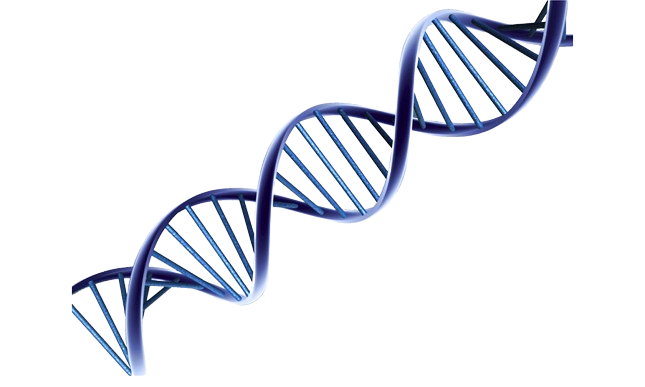
— Genetics
Certain cancers, like retinoblastoma, can result from genetic mutations, either inherited or occurring during early development in the womb.
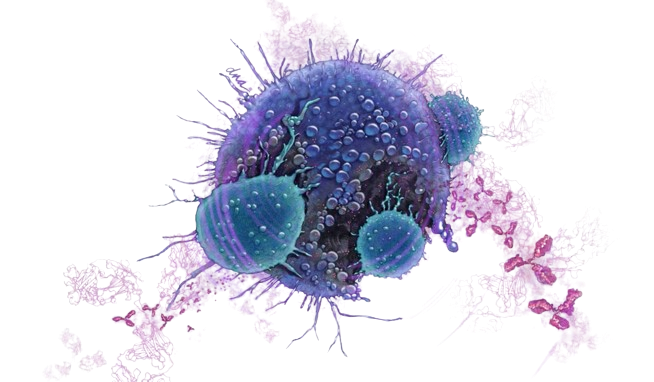
— Developmental Issues
Cancers like Wilms’ tumors and retinoblastomas may originate from developmental problems during fetal growth, where immature cells persist.
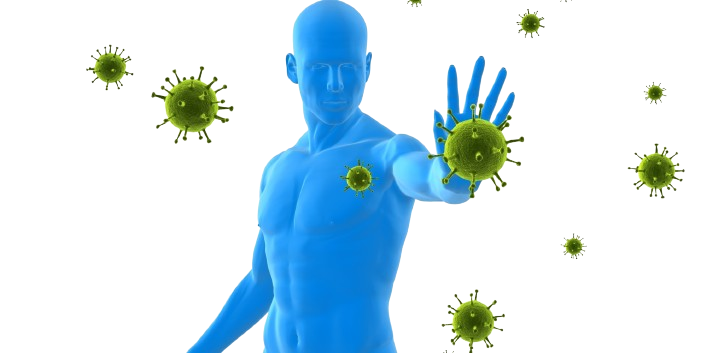
— Infections
While Epstein Barr virus (EBV) is common and usually harmless, in rare cases, it may contribute to the development of specific cancers like Hodgkin lymphoma.

— Radiation Exposure
Radiotherapy during cancer treatment slightly elevates the risk of developing another cancer later on, but the benefits often outweigh the small risk.
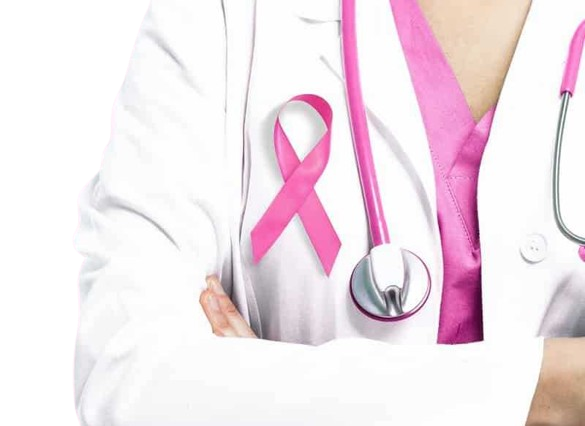
— Previous Cancer Treatments:
Chemotherapy, while crucial for treatment, may increase the risk of cancers like acute leukemia in children and adults, often manifesting many years later.
About Kids Cancer in a nutshell
Causes
- Genetic Factors: Some cancers have a genetic predisposition.
- Environmental Factors: Exposure to certain substances or radiation.
- Immune System: Weakened immune systems may contribute.
Symptoms
- Symptoms vary based on the type of cancer but may include persistent fever, unexplained weight loss, pain, and changes in blood counts
Diagnosis
- Medical history, physical exams, blood tests, imaging, and biopsy are common diagnostic tools.
Treatment
- Treatment plans often include a combination of surgery, chemotherapy, radiation therapy, and immunotherapy
- The specific approach depends on the type and stage of cancer
Survivorship
- Many children with cancer can be cured, and the overall survival rates have improved over the years. However, the treatments can have long-term effects, and survivorship care is essential.
